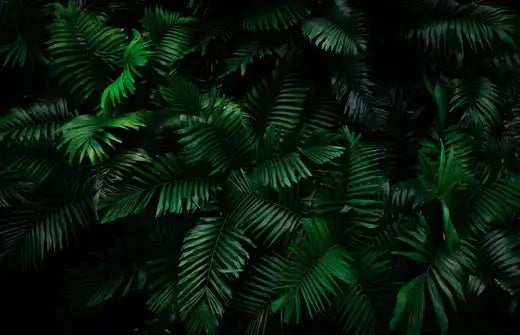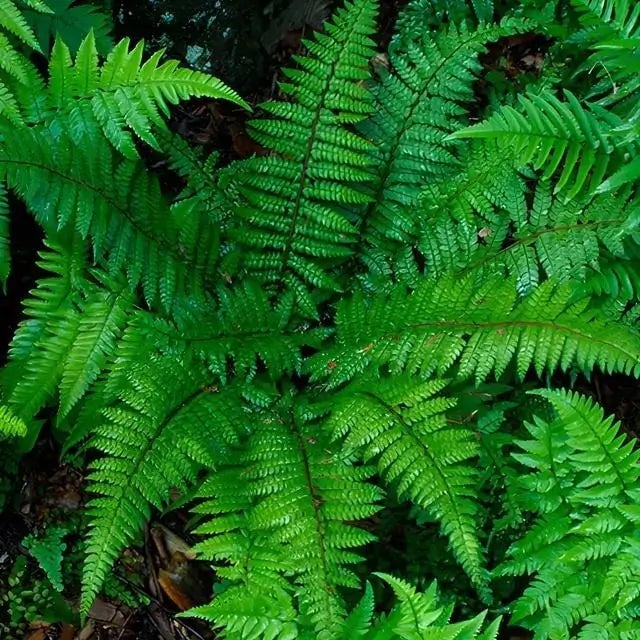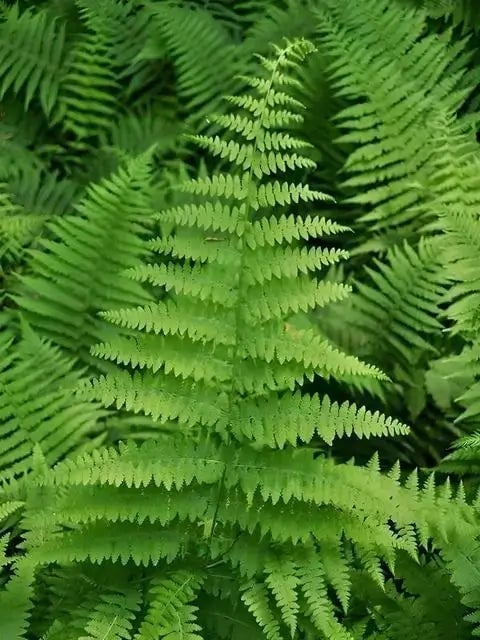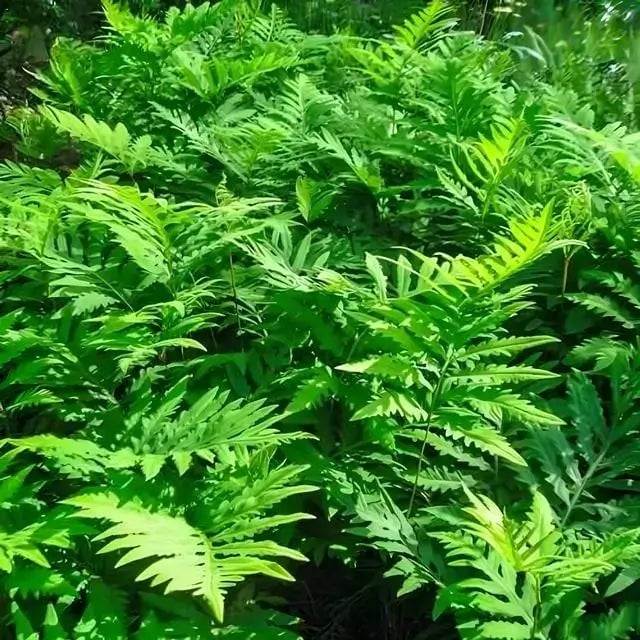Ferns are remarkable plants. They have several benefits for the environment. Depending on where you live, there could be native ferns growing in your backyard!
In this post, we'll discuss some of the different fern varieties, including how this excellent plant can benefit the environment around us.
Different Types of Ferns
With approximately 380 species of ferns in North America alone, chances are you've seen this plant. Whether strolling around town or on a camping trip, coming across a fern is common.
Keep reading to learn about the different varieties of this incredible plant.
These ferns get their name because they stay green straight through Christmas. They measure 1-2 feet in length and feature glossy, leather-like leaves.
Hey scented ferns also grow about 2 feet fall while extending 3 to 4 feet in width. While the plant usually appears bright green, it gives off a yellowish hue in the fall months. Many people decide to grow hay-scented ferns because they naturally repel deer.
Ostrich ferns are a taller variety of plants. They look much different than the ferns listed above, featuring vase-shaped crowns. Ostrich ferns get their name from arching fronds resembling a bird's tail feathers.
Fern's Benefits On the Environment
While some native ferns can keep away deer and add beauty to your property, they offer several advantages to the environment.
Take a look at these environmental benefits below:
Natural Water Filter
One of the leading natural purposes of ferns is to filter water. It is made possible by their extensive and lengthy rooting systems. Ferns grow in various environments, making them very tolerant plants. They can grow in the bright sun or dark shade.
From cave systems to mountain peaks, ferns help to filter water and keep the soil healthy.
Great Shelter and Resting Place
Several different insects and amphibians choose ferns as a place of rest. In addition, they can also provide shelter from predators. These locations are often relaxed, comfortable, and out of harm's way.
Ferns are typically found scattered on the forest floor, so they're the perfect location for wildlife. Not only can insects, birds, and amphibians find a place to rest in ferns, but they're also a great place to escape the bright sun.
Provides Resources for Wildlife
While several critters enjoy using ferns for shelter and rest, some utilize them for food and nest building. Songbirds will collect the fuzz on the stems for lining their nests. Also, some species of leaf miners eat part of the plant, and spiders roll up the frond tips to make a safe place for laying eggs and raising their young.
Heals Contaminated Environments
One of the most outstanding qualities of native ferns involves their ability to filter out contaminants. Ferns can help keep the soil healthy and protected if a threat is present. Ferns can even uptake heavy metals from the soil. This natural healing process helps to keep the forest healthy and free of disease.
While ferns are beautiful, they also offer several advantages to the environment. From providing shelter for wildlife to healing contaminated forests, ferns help our world flourish.Read more
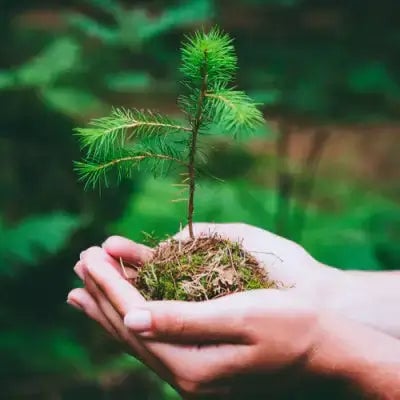
Discovering The Favorite Pine Tree VarietiesPine trees are wonderful year-round trees that offer color and beauty to any yard or landscape. They are widely known for offering wind protection, espec...
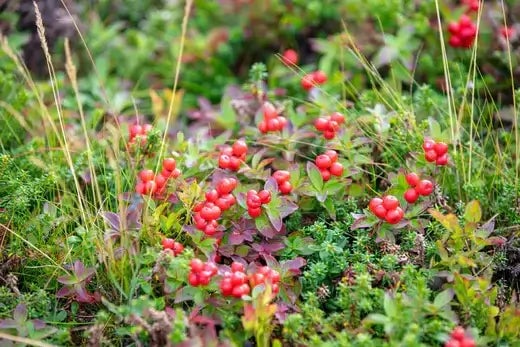
Squaw Vines offer many Medicinal Benefits for Pregnant Women. The Squaw Vine, otherwise known as the Mitchella Repens or Partridgeberry, can be grown and used as an herbal supplement that can be ta...


